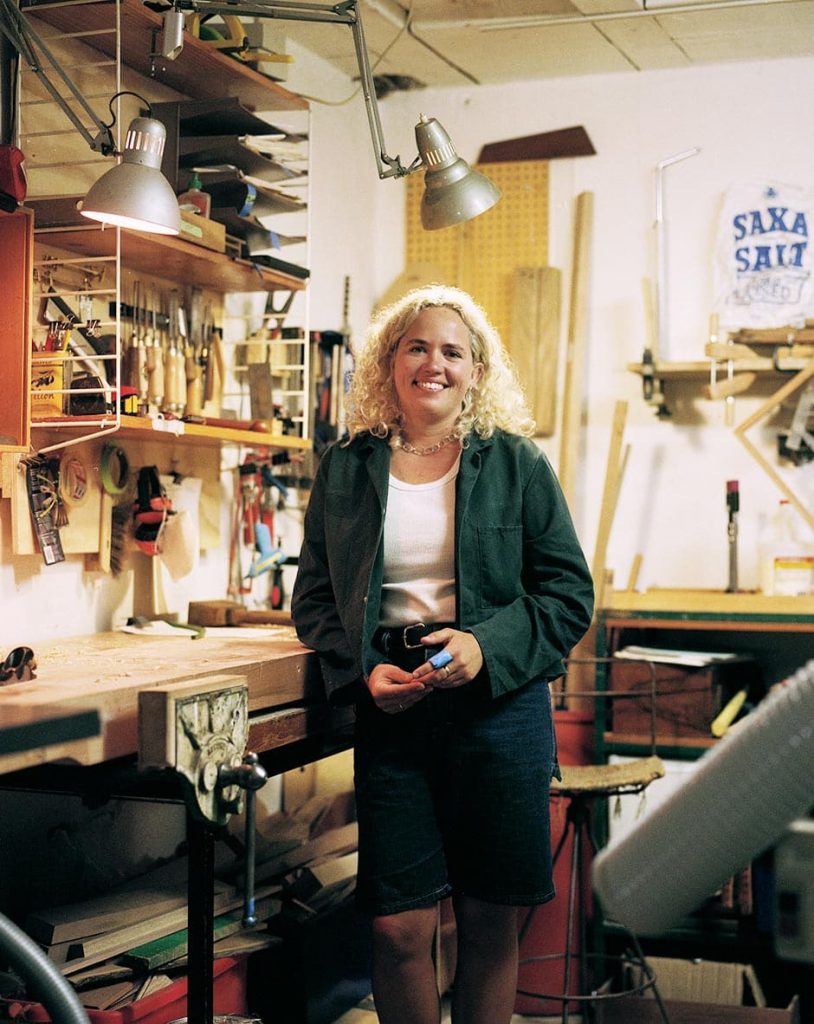At age 18, Josephine Jelicich moved from Auckland to Wellington to study nursing. So far, so good, except that she ended up hating it, so she changed course to embrace something she’d always secretly wanted to do — go to art school. Enrolling at Massey University to study a Bachelor of Fine Arts, she became obsessed with making things, frustrated by her lack of understanding of how to do so and admiring of a particular art school technician who was a skilled woodworker — all of which led her to follow graduation with an additional year of study at Nelson’s Centre for Fine Woodworking. Now she’s back in Auckland, where she works as a technician at various galleries around town, a woodwork teacher at The Warren, and a freelance woodworker and furniture designer.
Your education was a bit of an evolution, Josephine — how has your practice done the same since then? I’ve been taking it fairly slowly so far. When I moved back to Auckland in 2019, it took a while for me to get settled. I made a giant door for my dad, which almost put me off furniture making, and went in and out of doing odd jobs for people and gallery technician work, hoping to be able to do more woodwork.
Slowly but surely, I began saving and using the money to buy machines, and now I’m lucky to be using my mum’s basement in Grey Lynn as a mini workshop in which I make my own furniture. I’m moving towards balancing my woodwork teaching with commissions and my own projects. My first project was a collaborative show called Happy Hour at now-closed Wellington gallery Precinct 35, my most recent big one was making an office table for Auckland’s Studio Akin, and a current project is making some solid wooden frames for Owen Connors’ show at Robert Heald Gallery in Wellington.
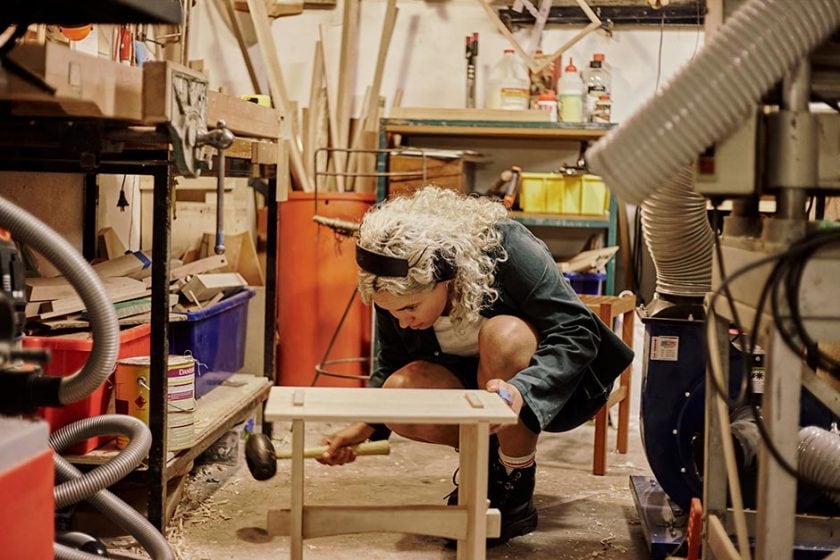
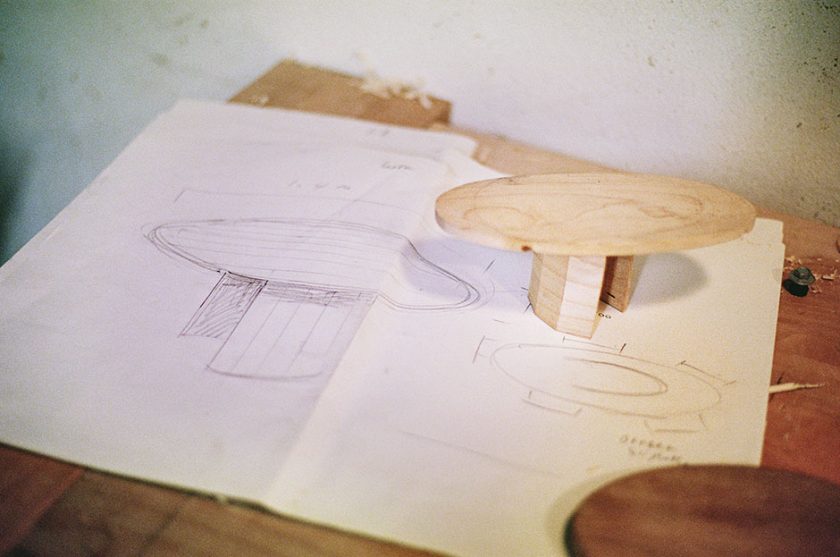
Why do you do what you? I feel very lucky to have found something I love. There are so many challenges and things to improve on, which motivates me to keep woodworking — hopefully until I’m very old.
Why do you choose to work with wood? When I made art, I was obsessed with pretty much every material, especially glass, metal and more industrial, chemical things like plastic. Now I’ve learned a very specific skill that’s mostly applicable to wood. A lot of the things related to woodwork aren’t transferable to other materials, so I choose to stick with it in order to keep learning and improving — plus my favourite thing to do is hand-cut joinery, so it makes sense that I work with timber. Two of my favourite types are tawhai/silver beech and cherry.
What influences have shaped your aesthetic? Even though I’ve been confidently making for some time, I feel like I’m just getting started and there’s a long way to go to find my own style. My inspirations so far include the teachers I had in Nelson: David Haig, Thorkild Hansen, Brian Reid and Lou Fuller — amazing people who passed on their knowledge and intense love of making to me. The centre’s founder John Shaw is also really encouraging and keeps me inspired.
Some of my favourite international makers and designers include Charles Rennie Mackintosh, George Nakashima and James Krenov, but mostly I just take inspiration from things around me, and looking at old furniture and books and noticing how things haven’t actually changed that much in hundreds of years.
People hire your services through Tradespeople, the national directory of women and gender-diverse tradies — how else do they engage with you as a craftsperson? People usually approach me with a specific idea in mind, then I draw up designs for them based on what’s practical and looks good, and help them choose from a selection of woods or source what they already know they want. Sometimes someone will give me a brief to respond to, which means I can have a bit more fun, and that’s something I’d love to do more of.
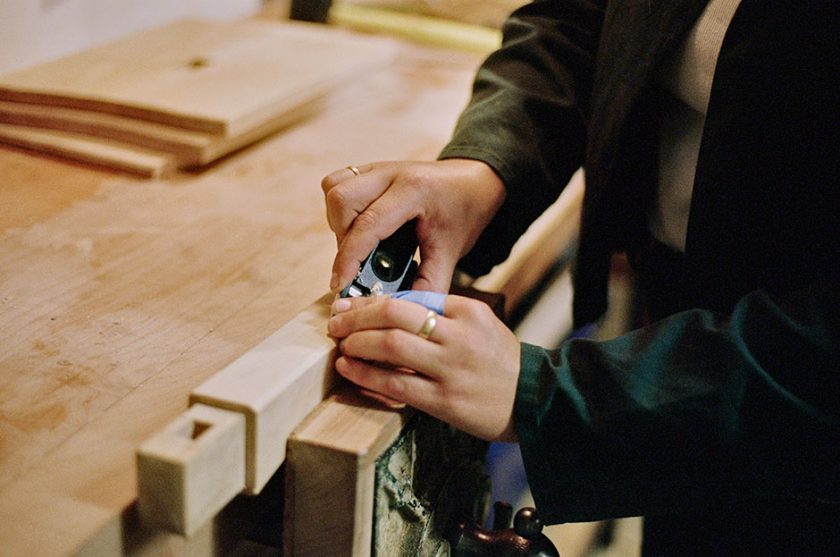
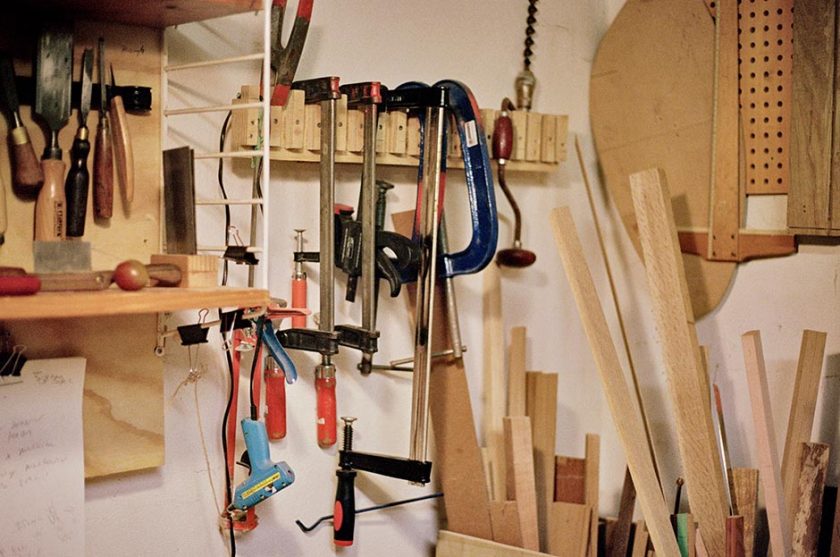
What makes your workshop awesome? It’s not very functional because it’s so small, but I love it. I think my favourite thing about it is sharing it with my mum, who’s a florist, which means there’s a funny contrast of things inside it.
What classes do you have coming up at The Warren? The Warren is an amazing space in the inner city where you can book a bench to use the machines, and attend community or private workshops, including a nice range of accessible beginners’ classes. I’ve just finished the second run of my course on how to make a stool with hand-cut joinery and I’m about to run another one, while thinking about making it ongoing. I’ve also just finished a finely detailed pencil box class, in which I taught how to make and cut small joinery by hand. I’ve started doing private lessons, which you can book online, and I’m going to work on some new classes for October.
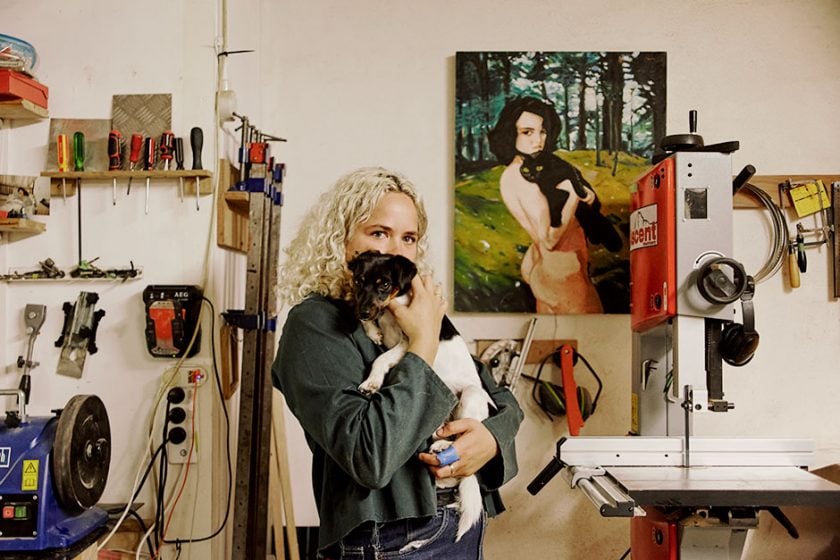
Is there an expression you find yourself overusing at work? I never say, “Measure twice, cut once”, but maybe I should…
What do you think about when you can’t fall asleep? I think about how I’m going to complete some hand-cut joinery, which does not help me sleep at all! I find the best way to sleep is to read a very boring book before bed.
@josephinejelicich; tradespeople.co
Interview Emma Kanuik
Photography Frances Carter

